Browse our archives by topic…
Blog

Rx operators deep dive part 2: Slowly aggregating knowledge
This is the second blog in a series which delves into how the Rx operators work under the covers. This series aims to provide a greater understanding of Rx and its operators. This post focuses on the AGGREGATE operator.
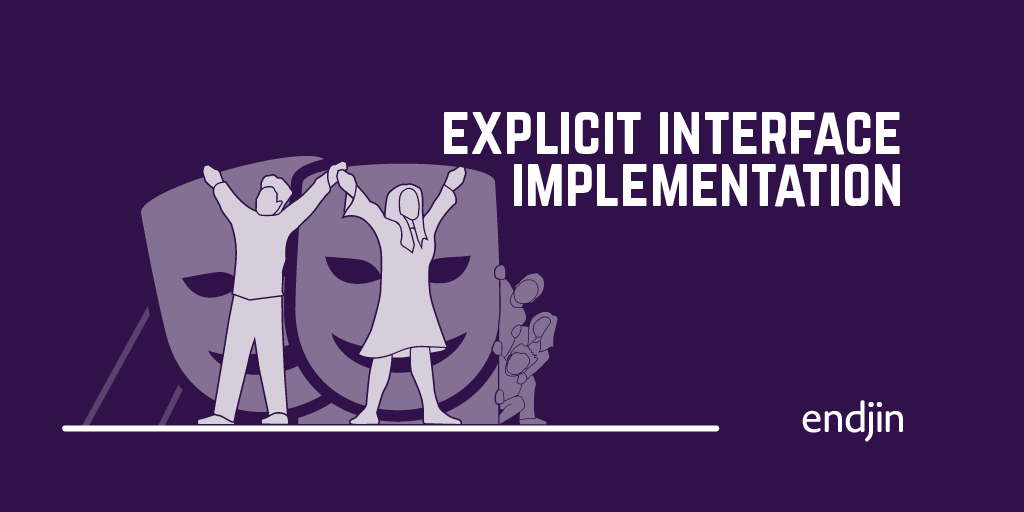
Explicit interface implementation
Two of the main use-cases for explicit interface implementation are: 1. to hide members of the interface in a class which inherits from that interface, and 2. to work around the scenario when a class is inheriting from two interfaces which share a member of the same name. Take a look at this blog to go into more depth about each of those scenarios.
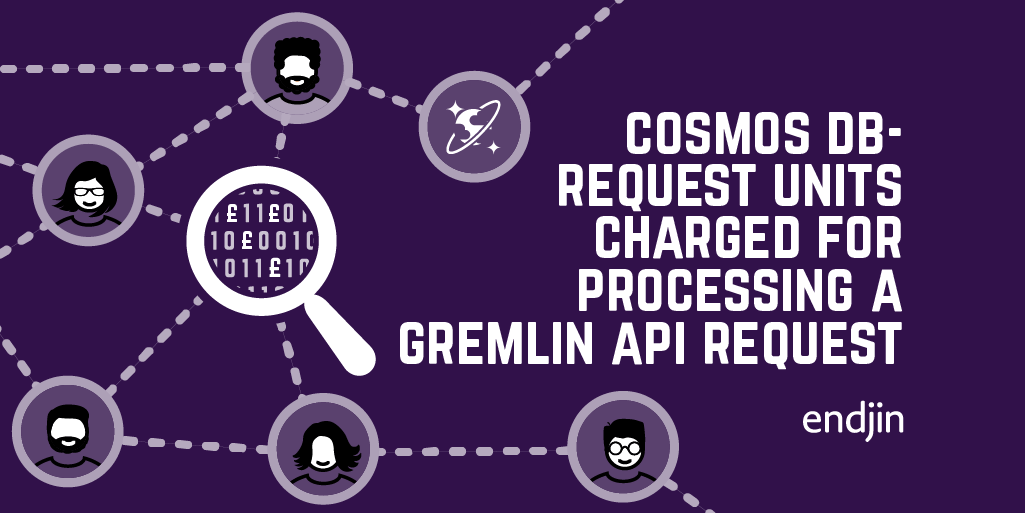
Cosmos DB - Request Units charged for processing a Gremlin API request
If you're using the Gremlin API for Cosmos DB, you can now see how much each operation costs in Request Units.
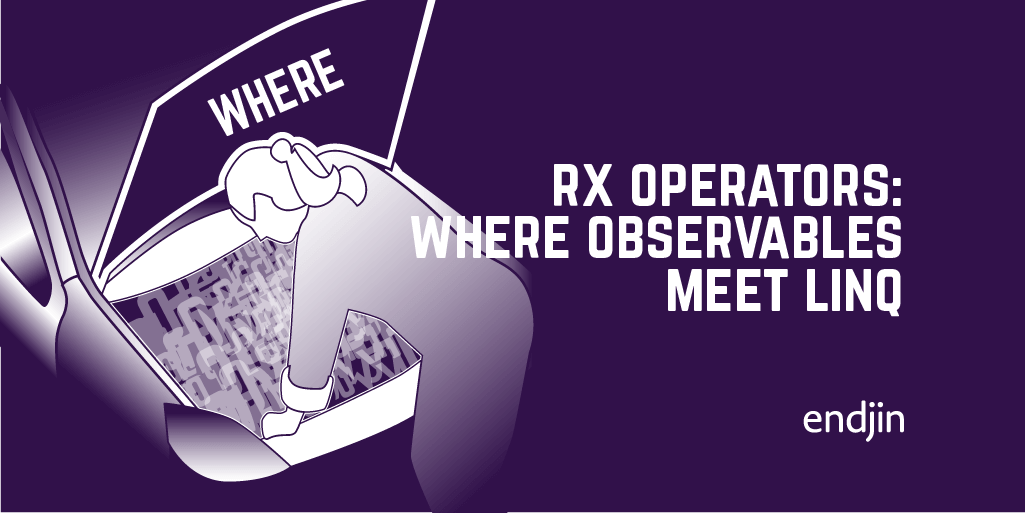
Rx operators deep dive part 1: Where observables meet LINQ
Explore the workings of Rx operators in this series. This first post delves into the WHERE operator for a deeper Rx understanding.
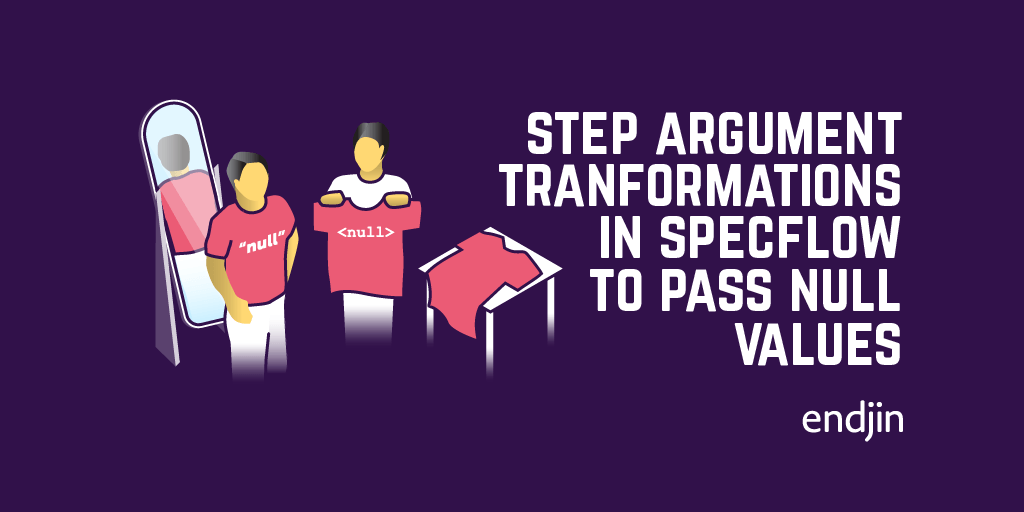
Using Step Argument Tranformations in SpecFlow to pass null values into scenarios
Learn to handle null values in Specflow using Step Argument Transformations for comprehensive test suites and edge case validation in this blog post.
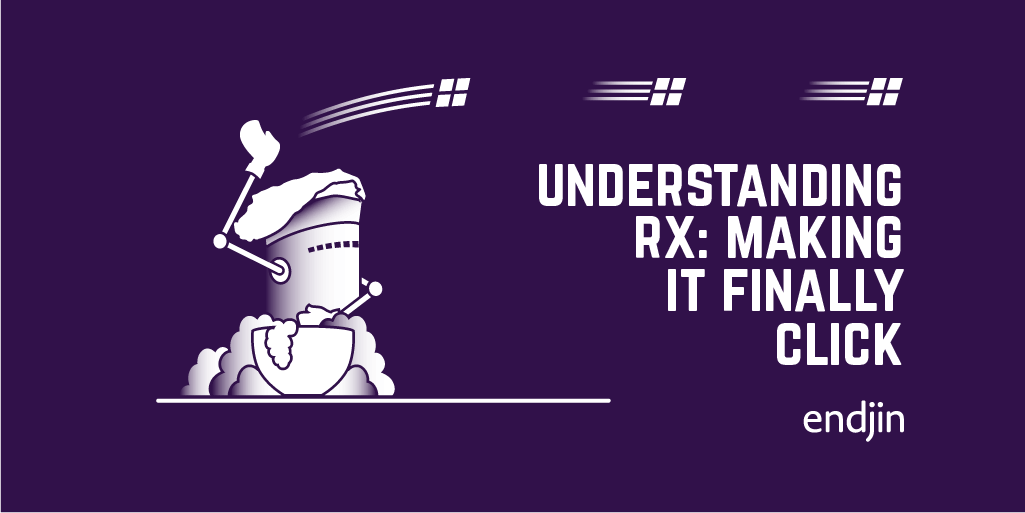
Understanding Rx: Making the interfaces, subscribing and other Subject<T>s finally click
Explore endjin's introduction to reactive data processing, covering Rx.NET's main classes and simplifying this complex .NET area for easy understanding.
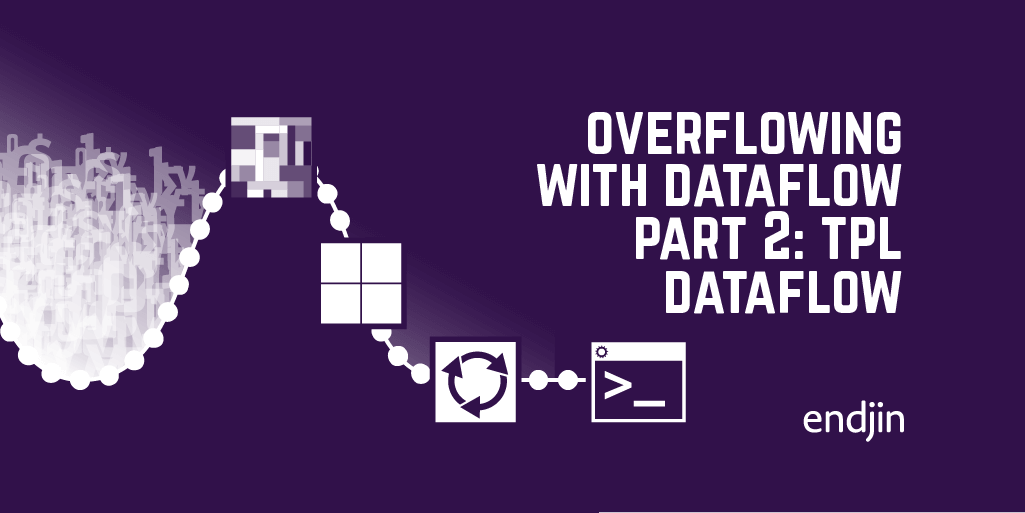
Overflowing with dataflow part 2: TPL Dataflow
Explore TPL dataflow in this second blog of our series. Learn how this .NET library simplifies parallel data processing with a pipeline model.
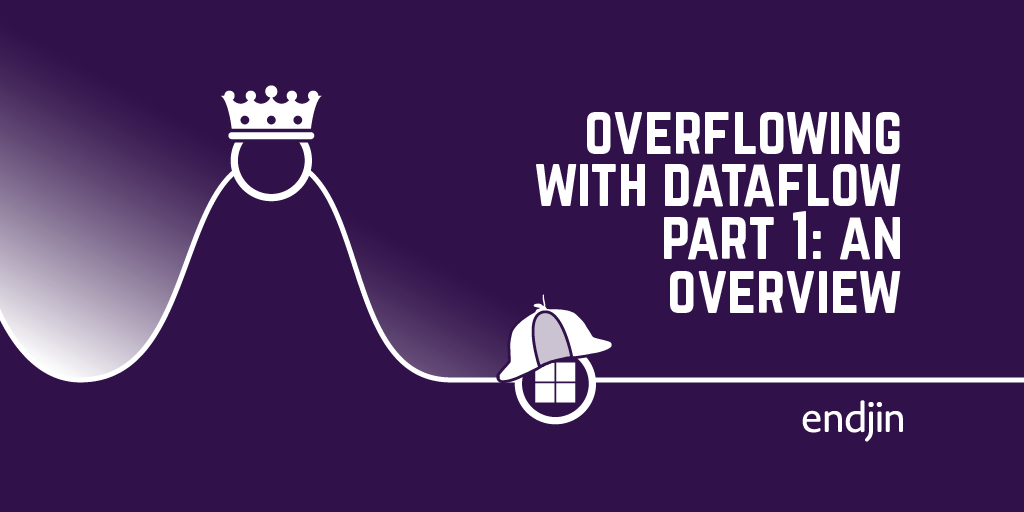
Overflowing with dataflow part 1: An overview
This is the first blog in a series about dataflow. The series focuses on TPL dataflow, but this post gives an overview of dataflow as a whole.The crucial thing to understand when using dataflow is that the data is in control. In most conventional programming languages, the programmer determines how and when the code will run. In dataflow, it is the data that drives how the program executes. The movement of data controls the flow of the program.
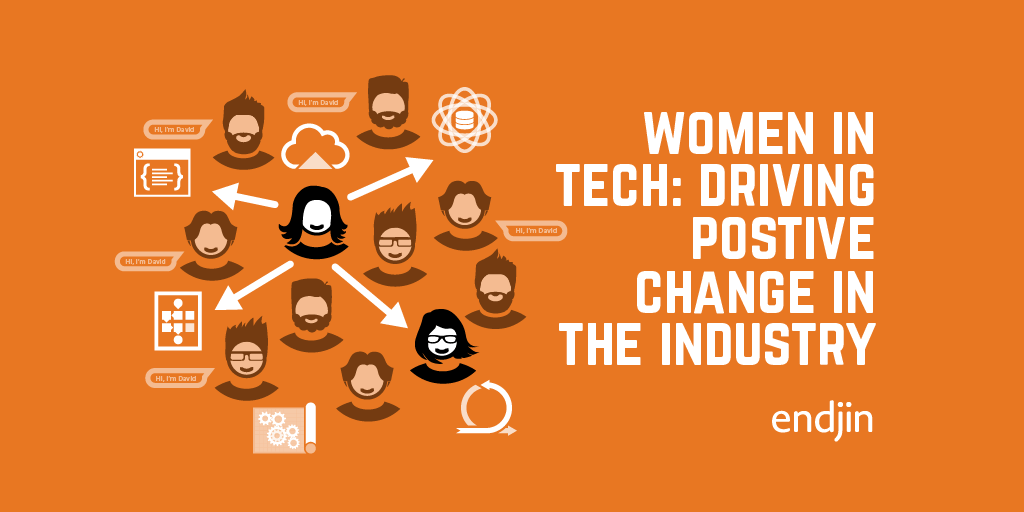
Women in technology: Driving positive change in the industry
Anyone can be a role model. You don't have to be a veteran in the industry to inspire someone. There are constantly people coming through the pipeline behind you, and in that there is an opportunity to make a real difference.What can you do to drive positive change and help combat the gender imbalance in the tech industry?
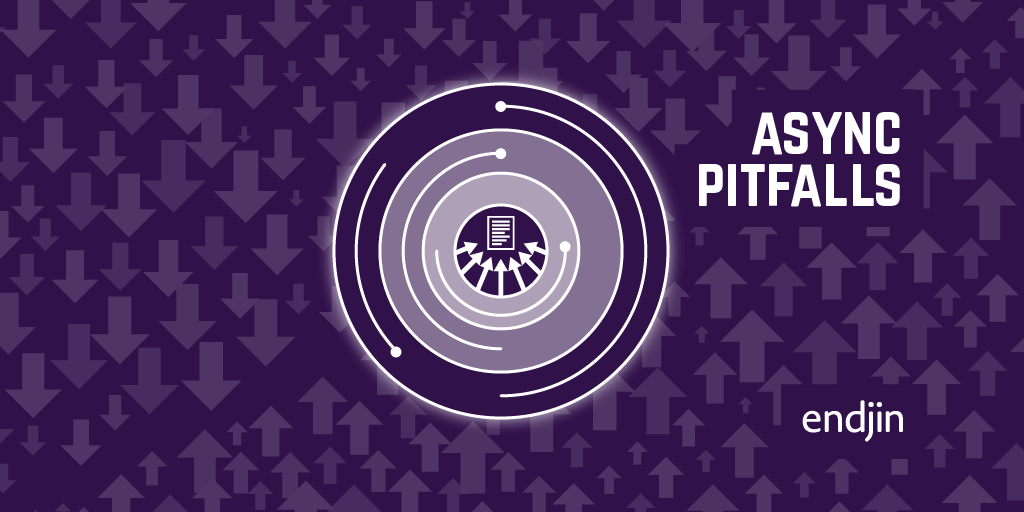
Async pitfalls: deferred work and resource ownership
Combining deferred execution with asynchronous operations can cause subtle problems. This post shows how to ensure correct operation when these idioms combine.
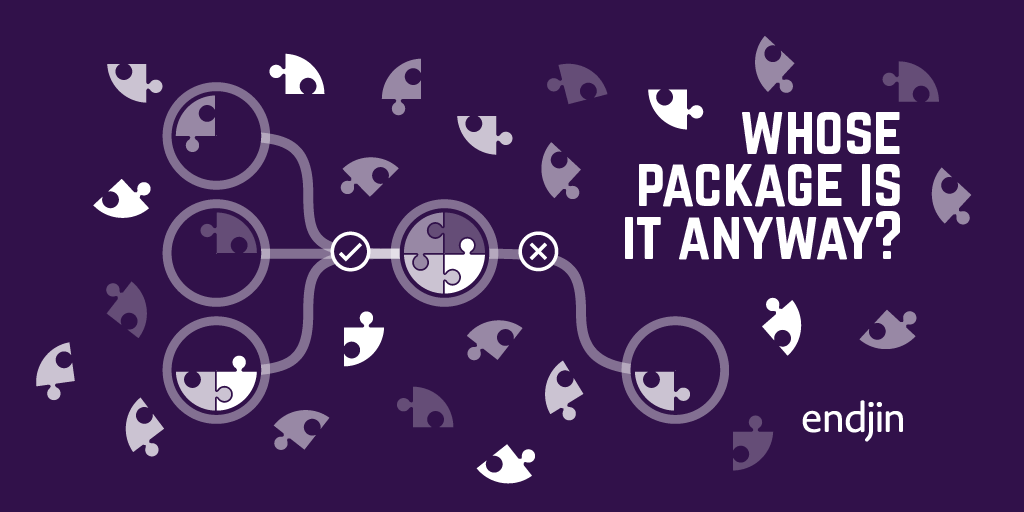
Whose package is it anyway? Why it's important to minimise dependencies in your solutions...
This is a post about the importance of reducing your dependencies as much as possible when designing solutions.If as much as possible is under your own control, there is far less room for synchronization errors and update conflicts.
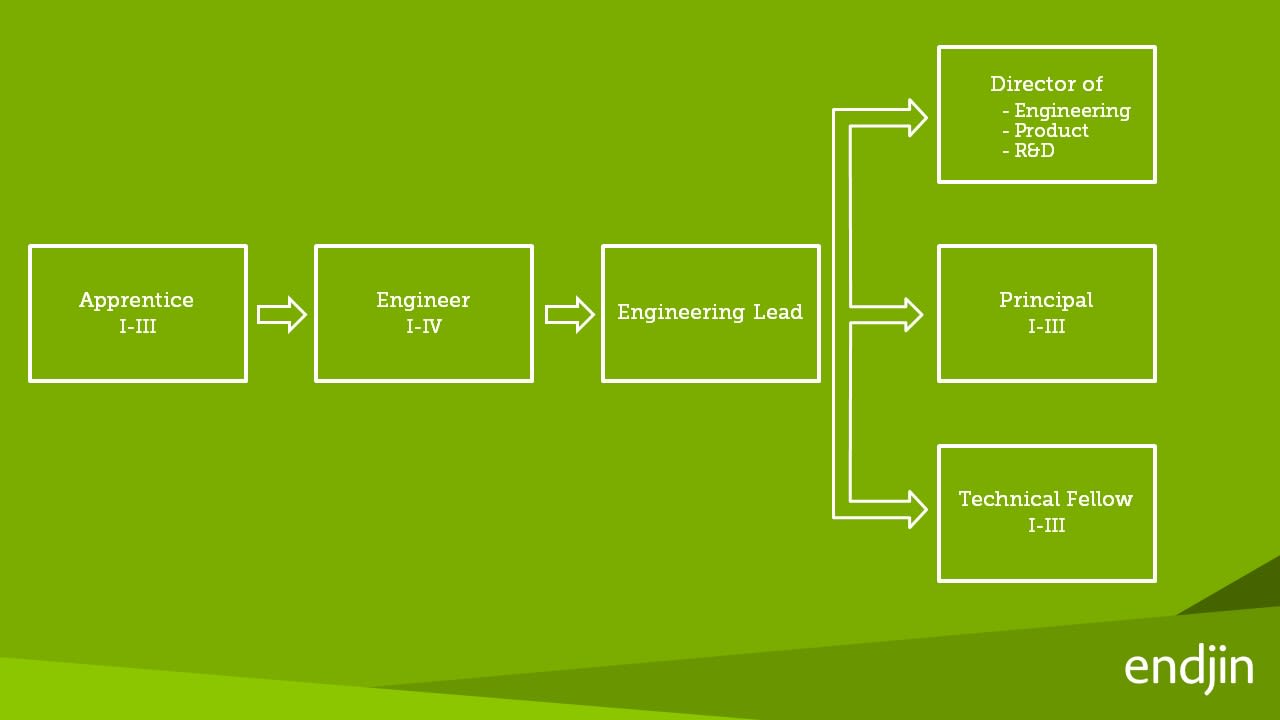
Thoughts about .NET, The Cloud, AI, ML, and teaching software engineers
Ian Griffiths recently joined endjin as a Technical Fellow. We had a long fireside chat, which has been broken down into a 5 part series covering .NET, the Cloud, AI, ML, teaching software engineering, and why he joined endjin.
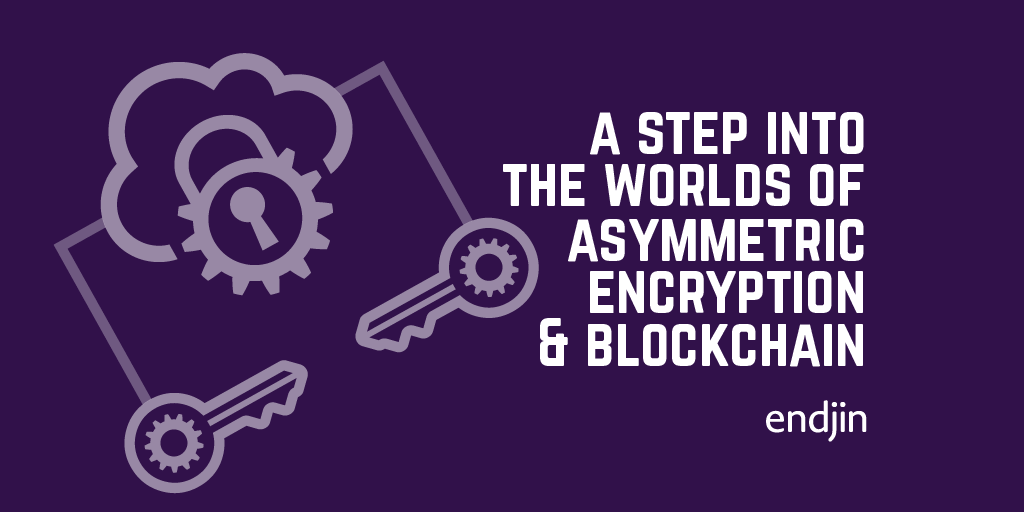
A tentative step into the worlds of asymmetric encryption and Blockchain
Here is a quick dive into encryption and blockchain. This post goes into the ideas behind hashing, and how these translate into encrypted messaging techniques. It also delves blockchain and how signing and versioning allow for consistent and immutable transactions. Definitely worth a read if you're interested in these concepts!
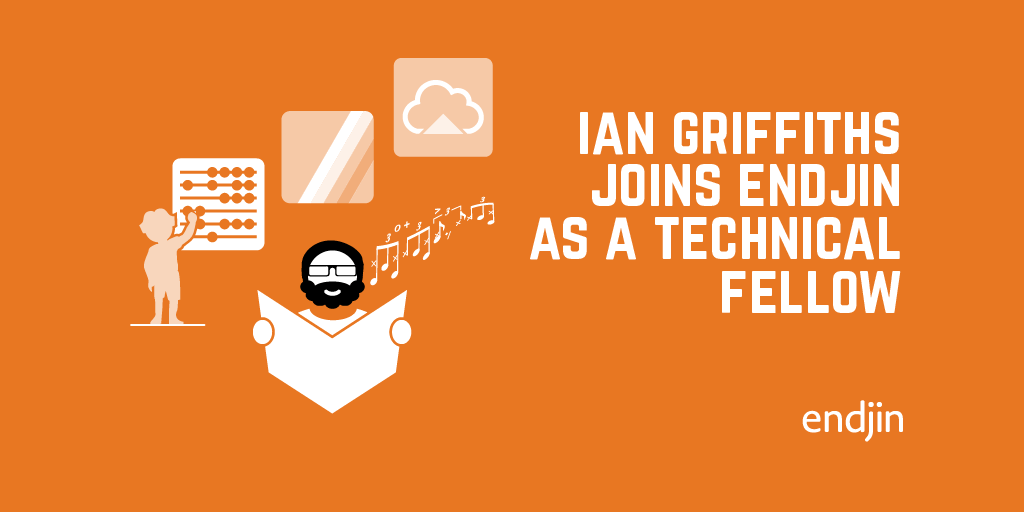
Joining endjin as a Technical Fellow
Ian talks about how excited he is to be joining endjin as a technical fellow, and talks a bit about his career path that led to this point.
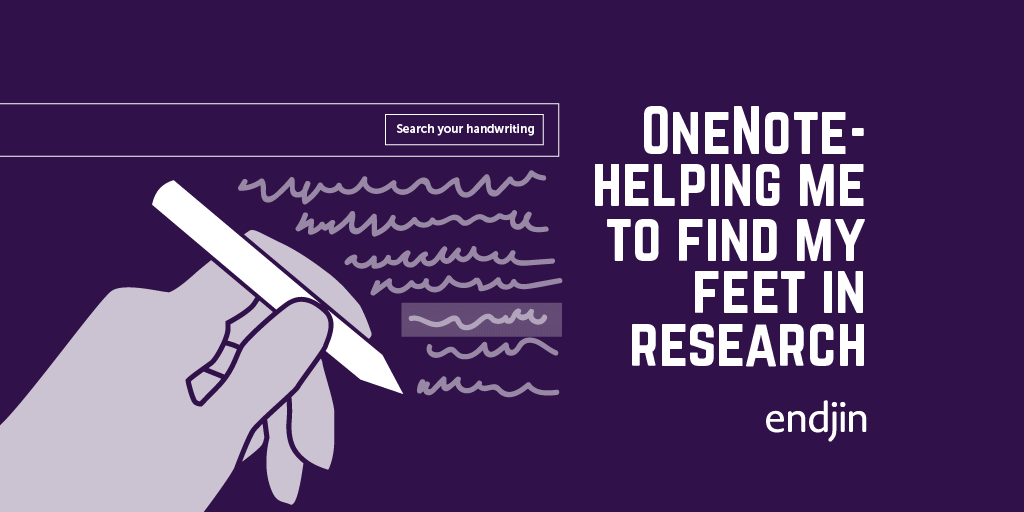
OneNote - helping me to find my feet in research
Everyone learns differently. In this post Carmel describes how OneNote can be used to aid and enhance research. As an avid note taker and blogger, she highlights how the ability to Ctrl-F into written text in OneNote has greatly improved her productivity!
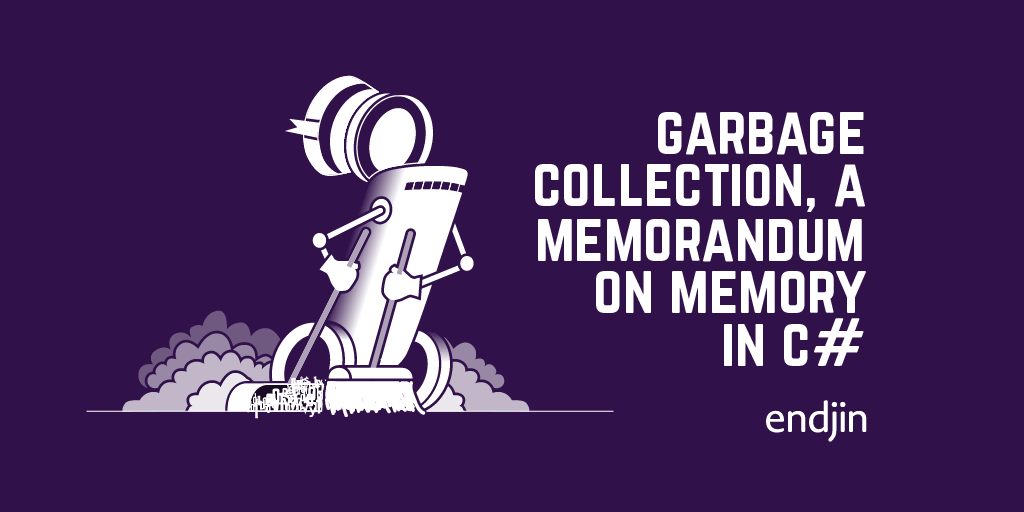
Garbage collection, a memorandum on memory in C#
Explore the process of .NET garbage collection and understand the behind-the-scenes of writing C# code in this insightful post.
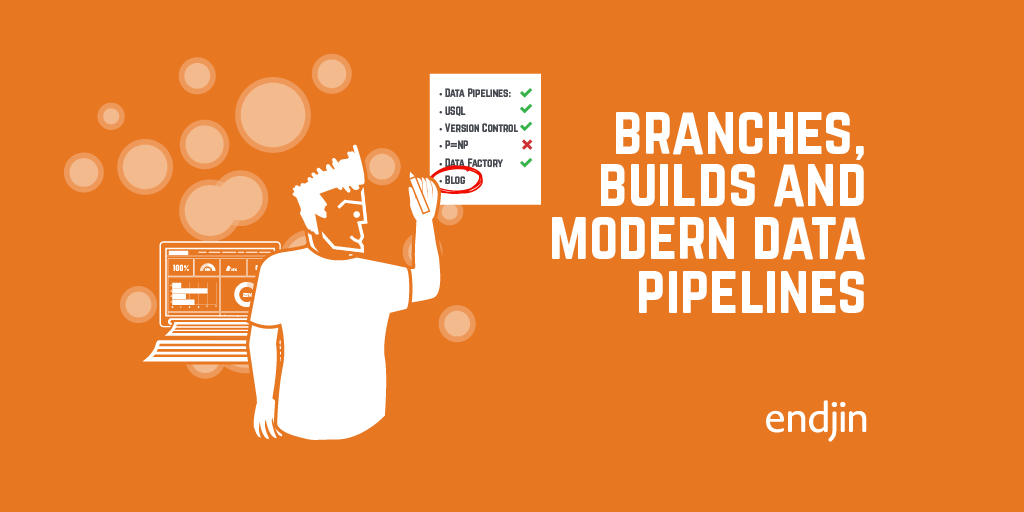
Branches, builds and modern data pipelines. Let's catch-up!
As an apprentice engineer at endjin, you cover a lot of ground, especially at a consultancy which works with the latest and greatest tools to solve its clients' problems. Learn about endjin's Modern Data Platform, which is a culmination of IP, processes and knowledge built from years of implementing high-performance data-driven solutions. Also learn about the types of tools an apprentice gets to use, and the types of things an apprentice learns along the way.
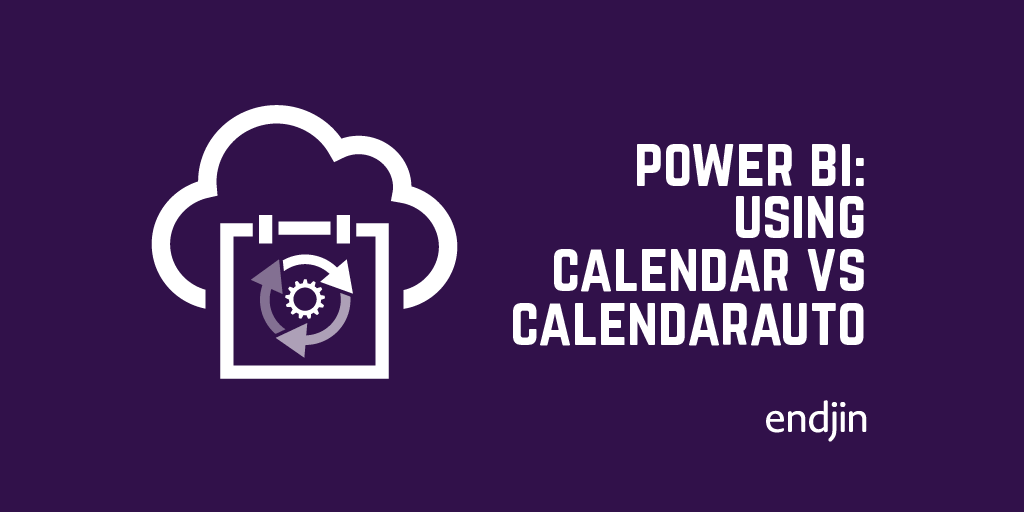
Using CALENDAR vs CALENDARAUTO to generate 'Date' table for year-on-year comparisons
Performing Power BI date table generation with CALENDAR & CALENDARAUTO functions. Learn key considerations for time-intelligence calculations in reports.
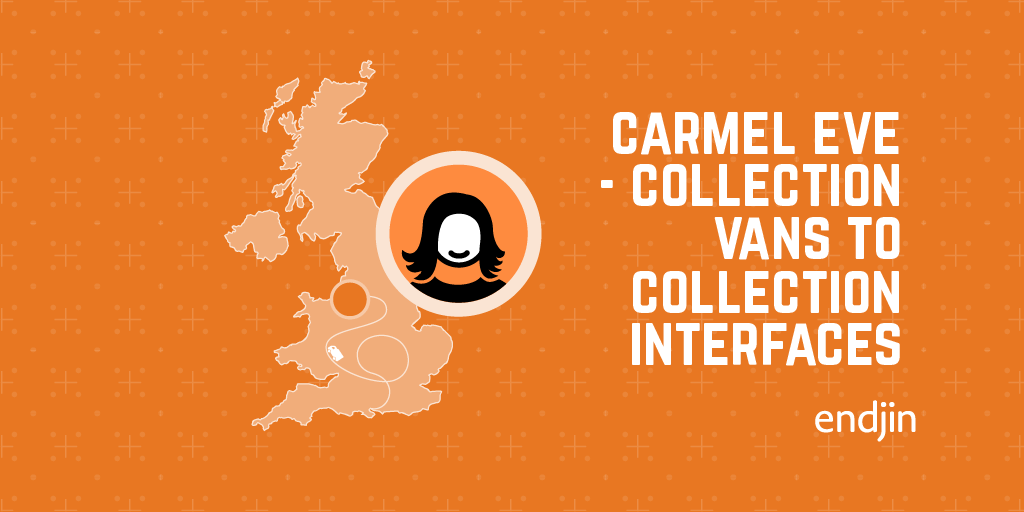
From collection vans to collection interfaces - my first week back at endjin
Here is a post that Carmel wrote not long after she started back at endjin. Time has really flown since then, but it provides some great insight into how our apprenticeships work!If an apprenticeship and endjin sounds like something that might be of interest to you, send your CV over to hello@endjin.com!
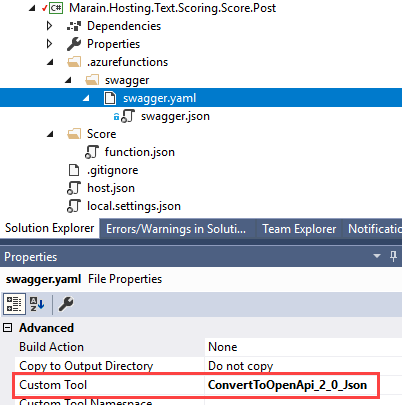
OpenAPI Document Converters for Visual Studio 2017
The OpenAPI SDK based OpenAPI document converters extension has been updated to support Visual Studio 2017.
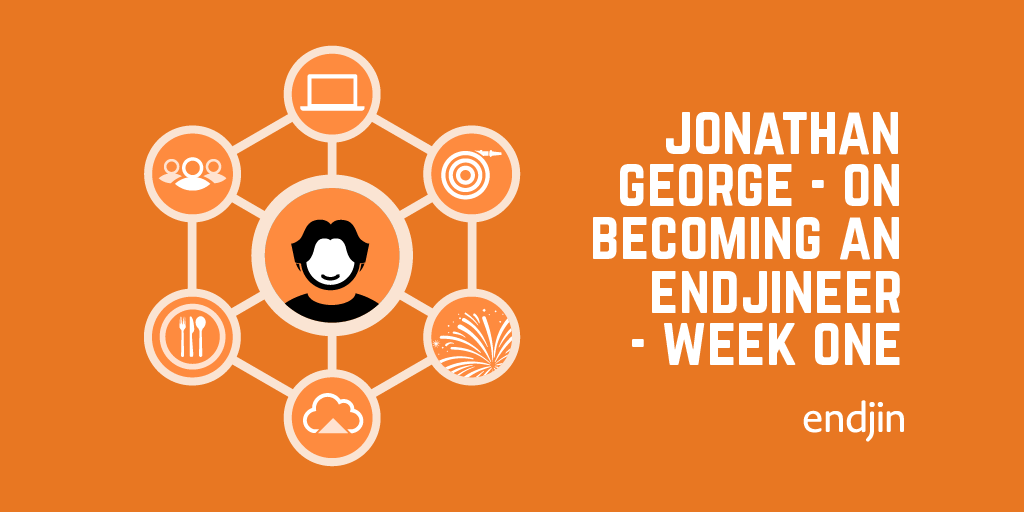
Becoming an endjineer – week 1
The combination of working with a number of endjineers at previous organisations, and endjin being a fully remote company finally enticed Jon George to join endjin.
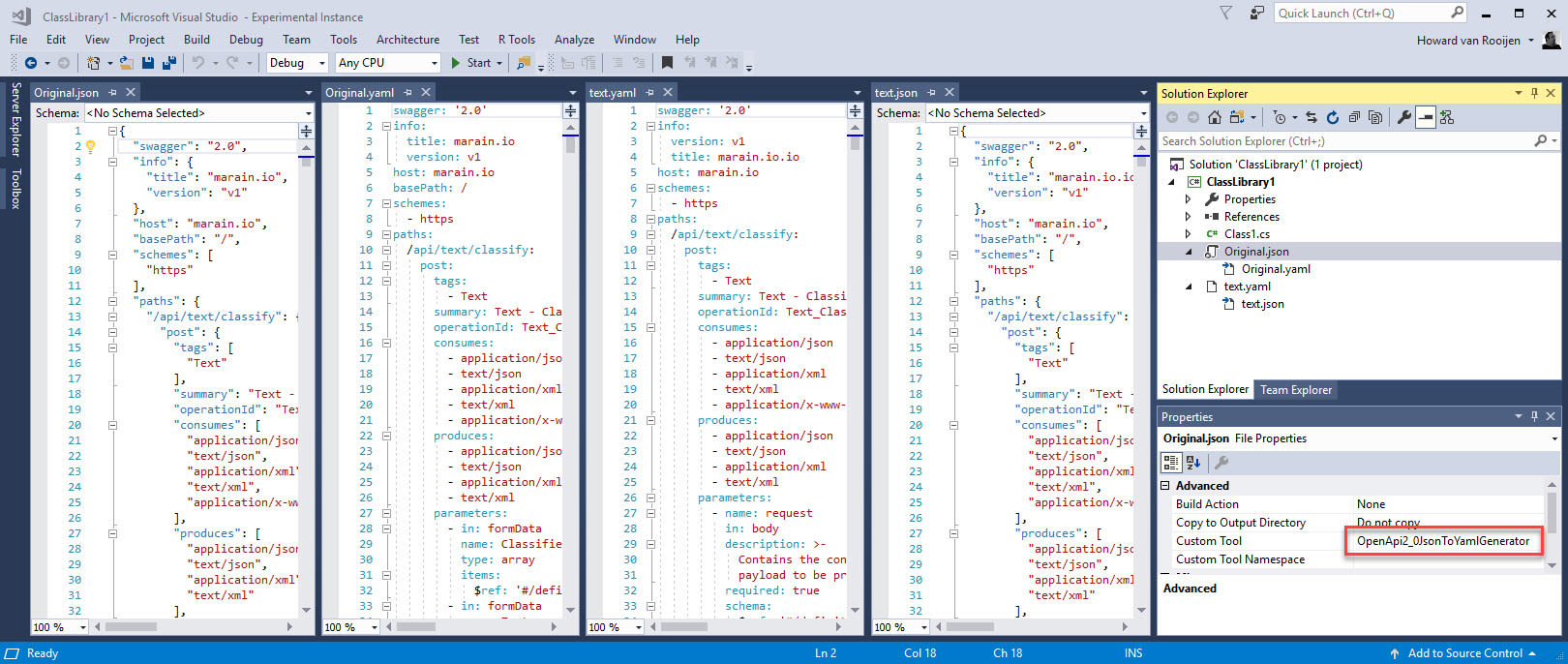
OpenAPI code generators for Visual Studio
Using the recently Open Sourced OpenAPI SDK, we create a Visual Studio extension from converting OpenAPI specificaitons between YAML and JSON formats.
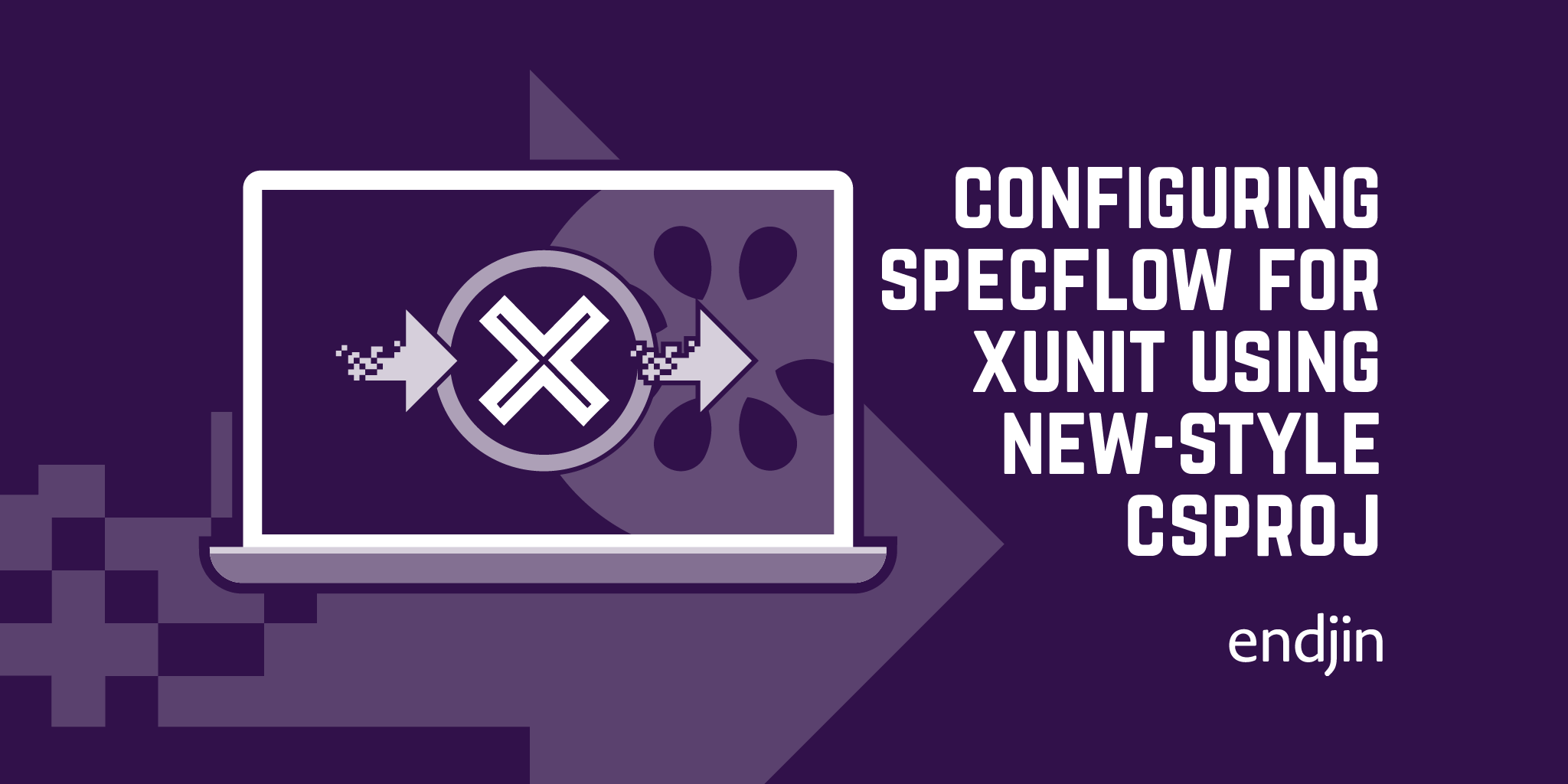
Configuring SpecFlow for XUnit using new-style csproj
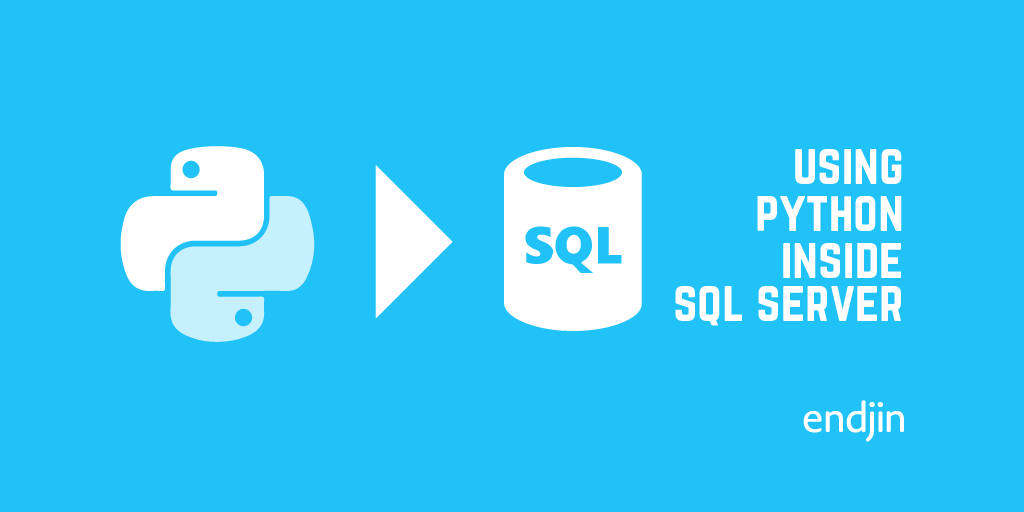
Using Python inside SQL Server
Learn to use SQL Server's Python integration for efficient data handling. Eliminate clunky transfers and easily operationalize Python models/scripts.
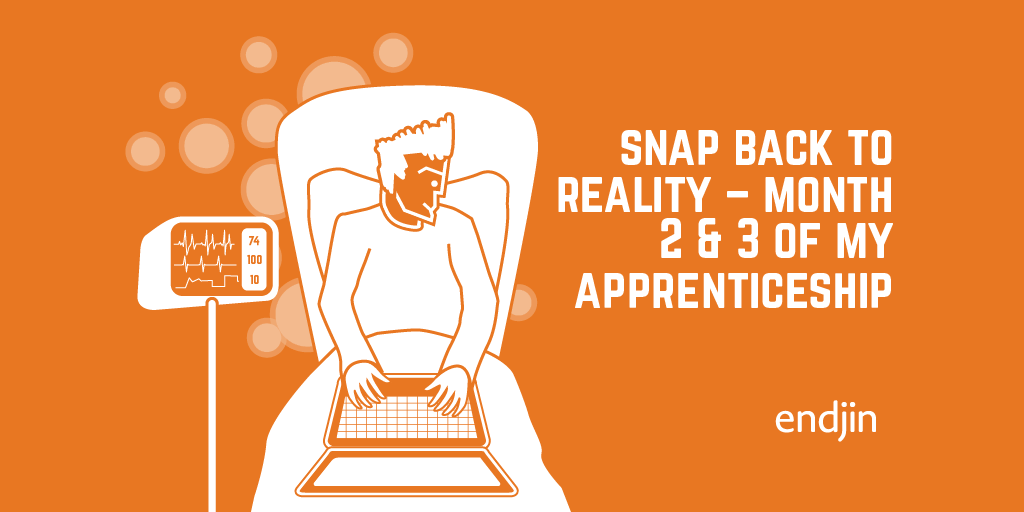
Snap Back to Reality – Month 2 & 3 of my Apprenticeship
Learn what types of things an apprentice gets up to at endjin a few months after joining. You could be learning about Neural Networks: algorithms which mimic the way biological systems process information. You could be attending Microsoft's Future Decoded conference, learning about Bots, CosmosDB, IoT and much more. Hopefully, you wouldn't be in hospital after a ruptured appendix!